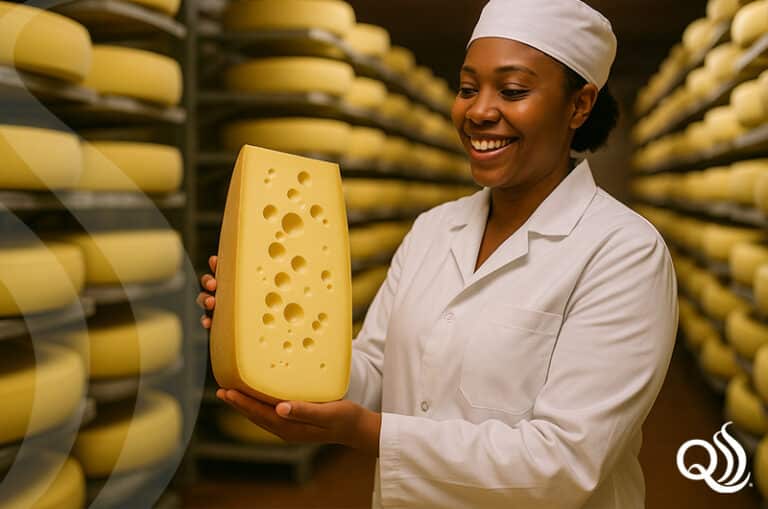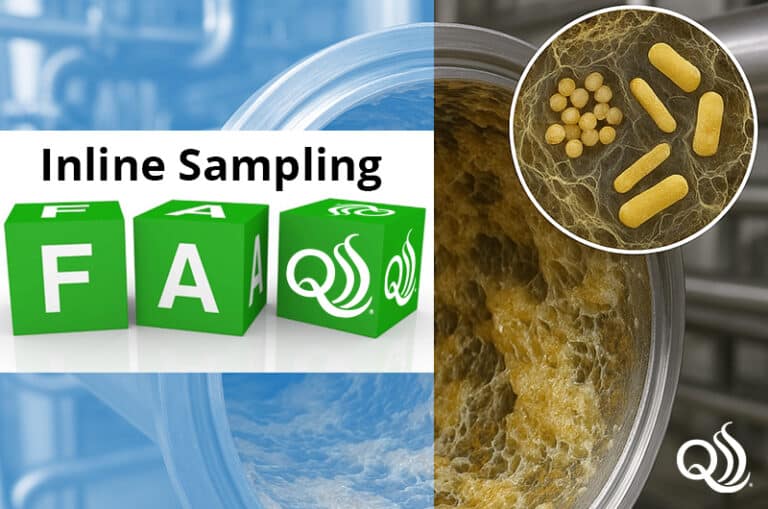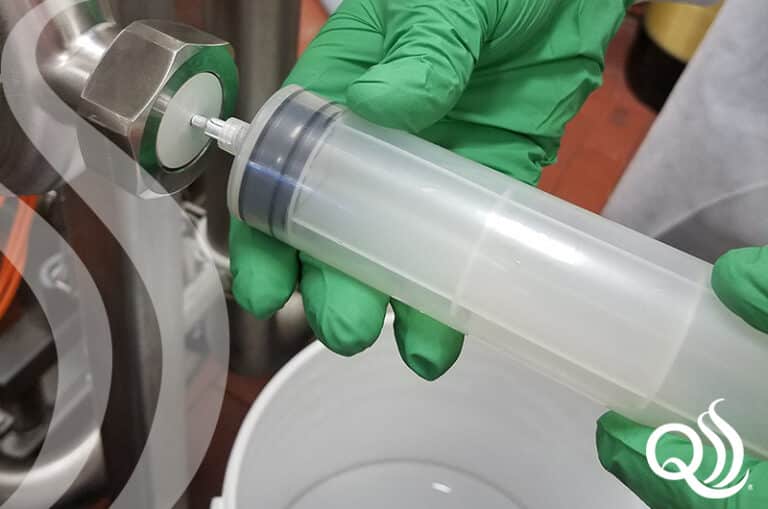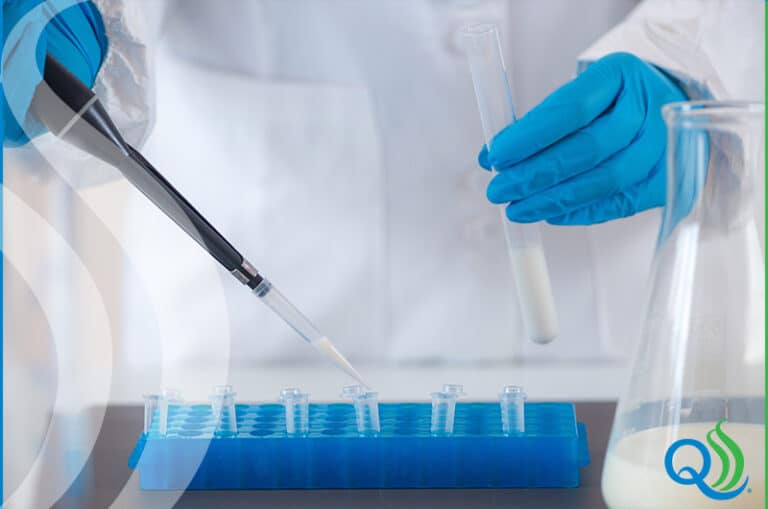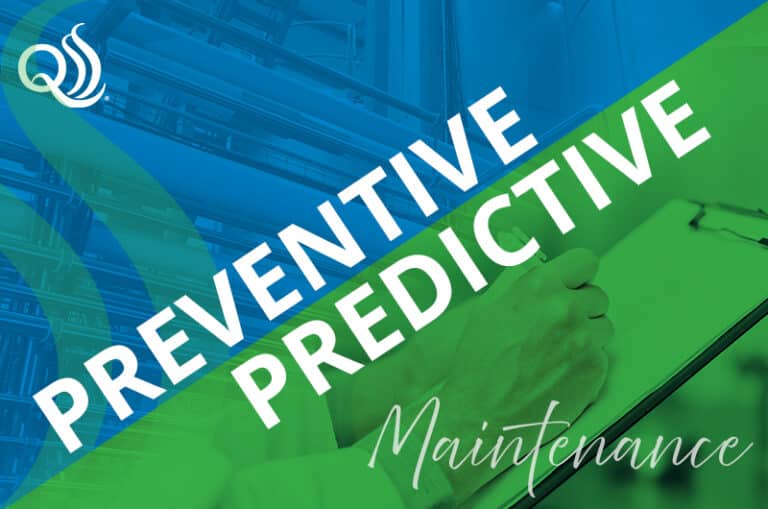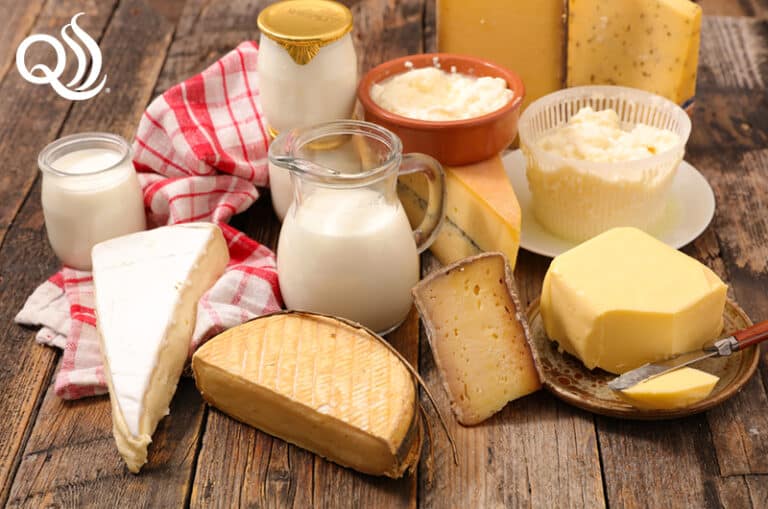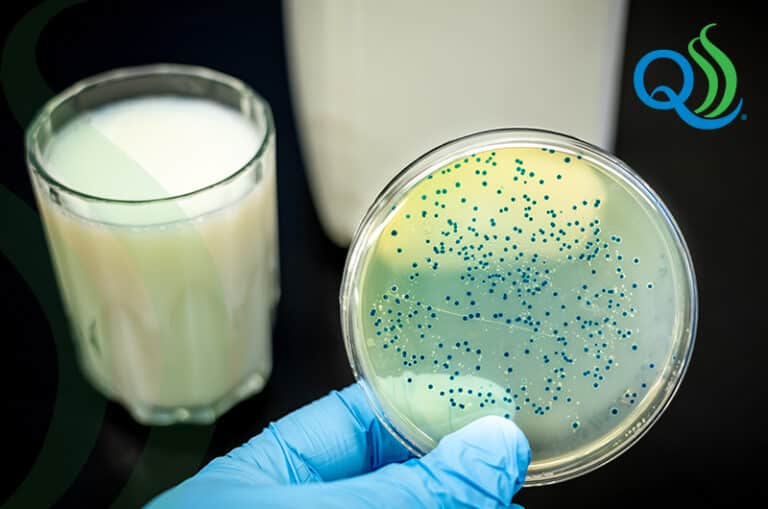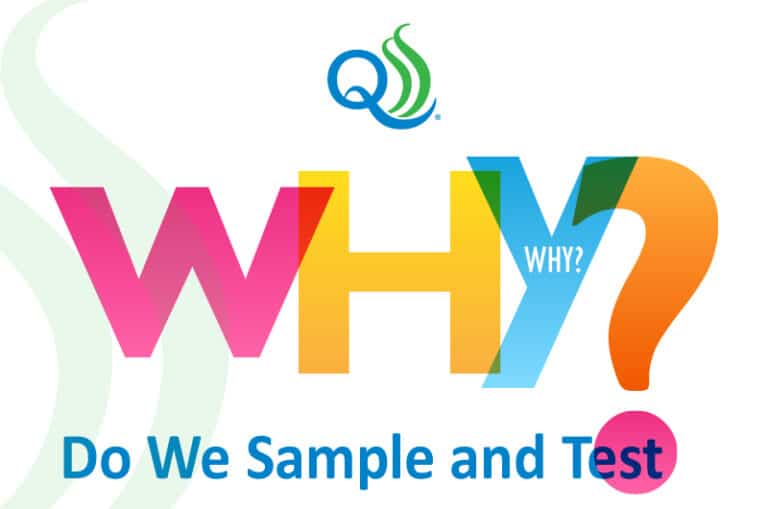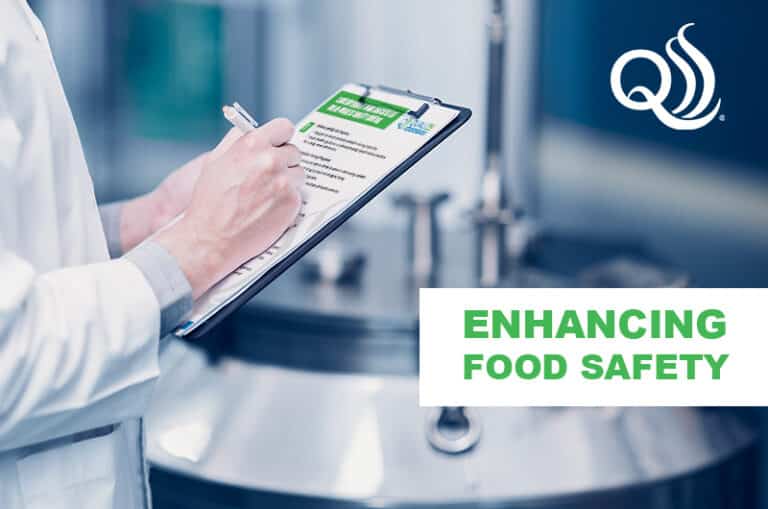Eye on the Prize: Preventing Cheese Defects by Managing Gas Formation in Swiss and Emmental Cheeses
Cheese defects resulting from abnormal gas formation, whether excessive or insufficient, can compromise product integrity, shelf life, and consumer confidence. For example, eye development in Swiss and Emmental cheeses is both a visual hallmark and a sensory signature. The size, shape, and distribution of these eyes signal not only aesthetic success but microbial precision and process…

